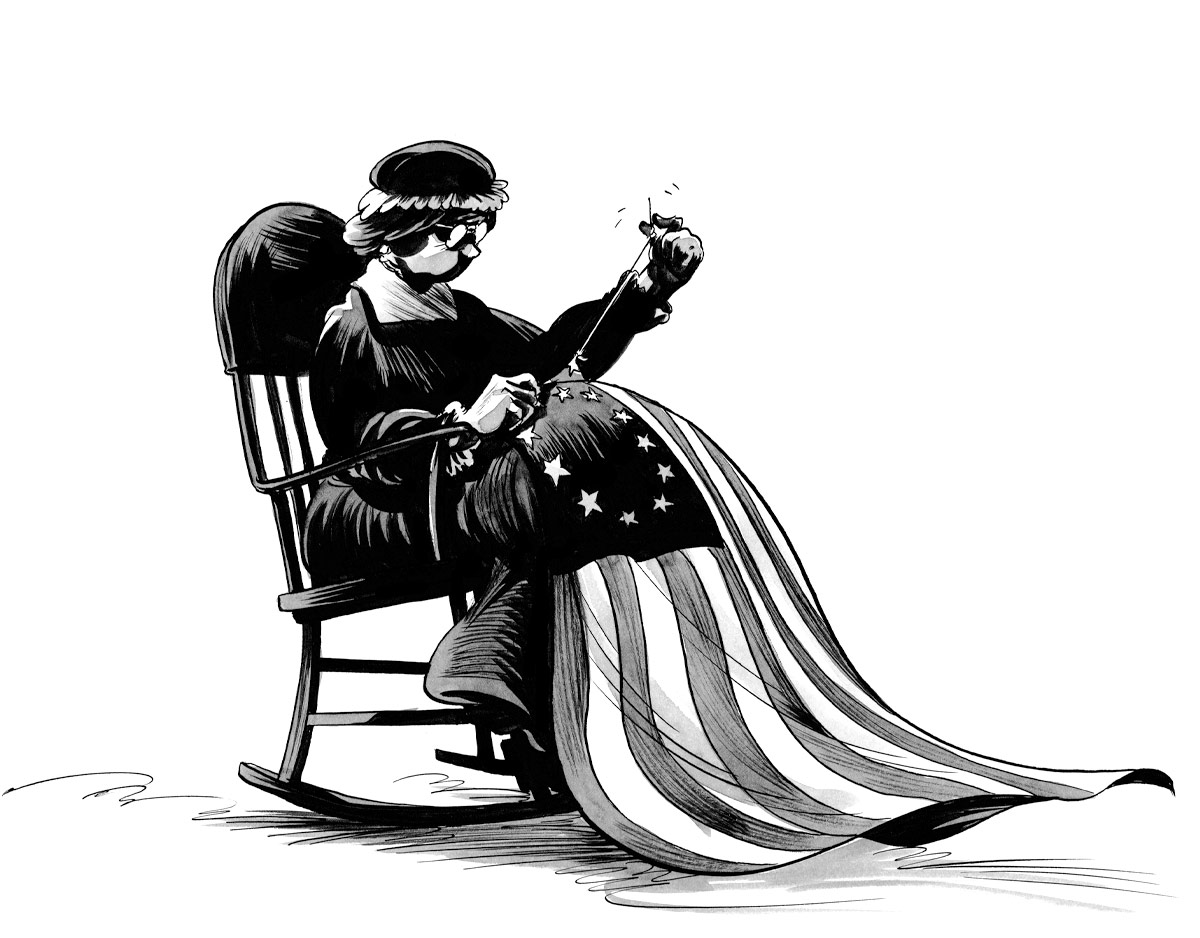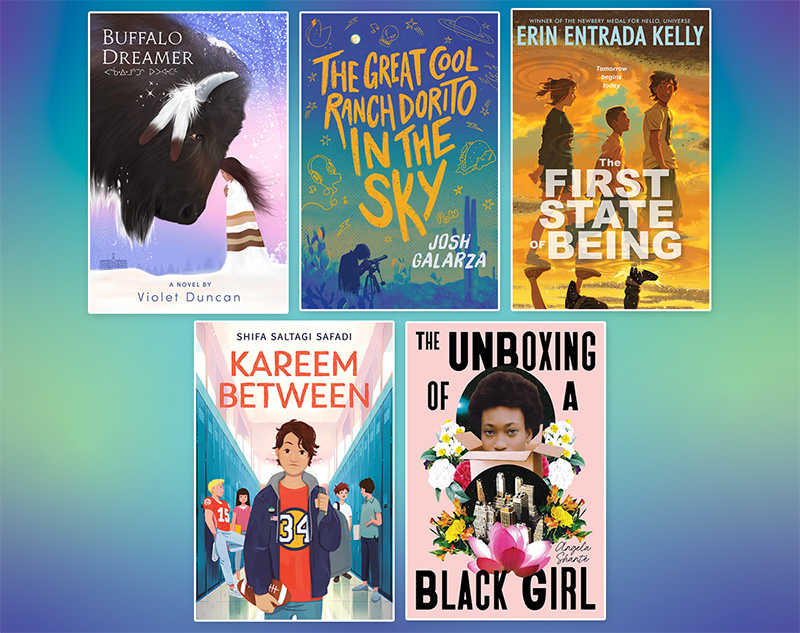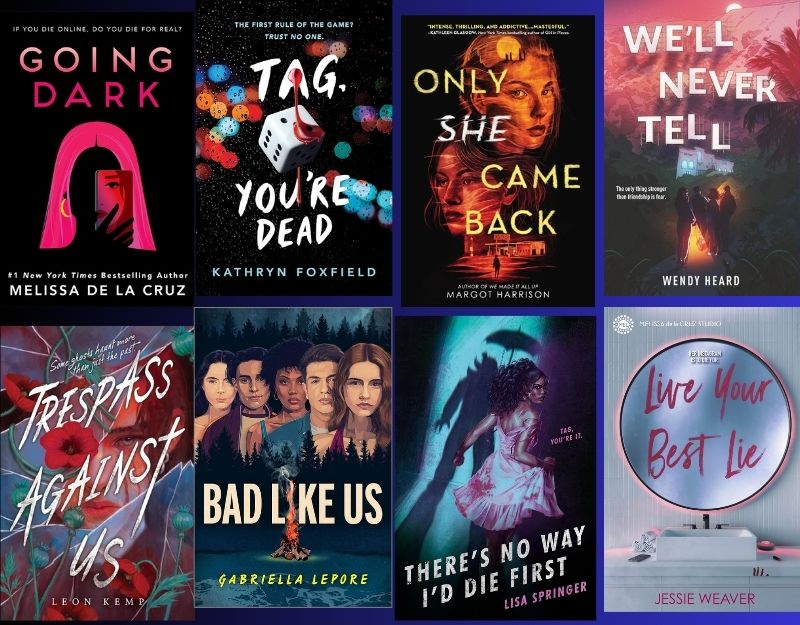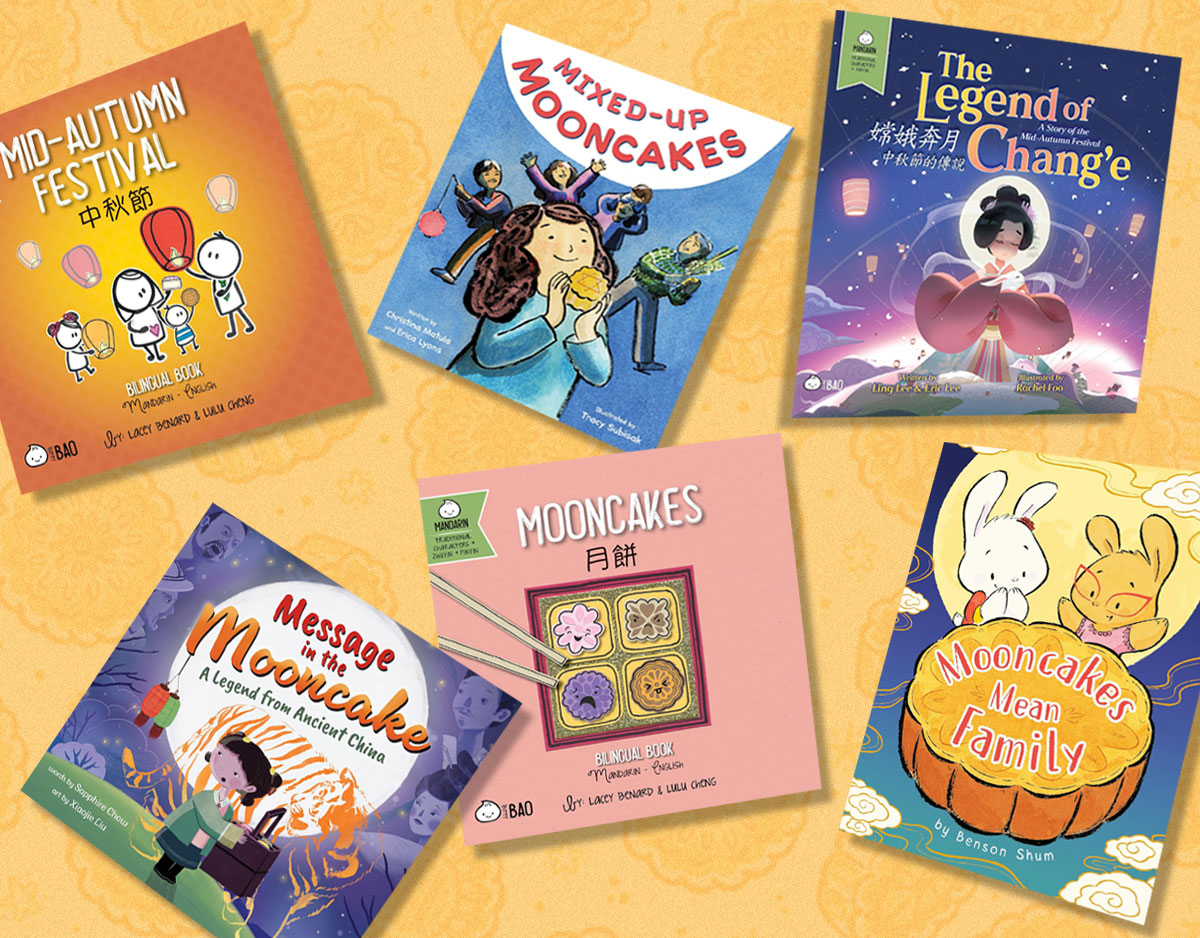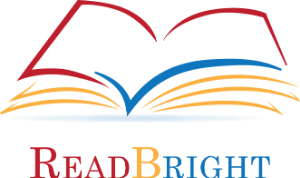The Rare Live Interview: Anastasia Higginbotham & I Talk “What You Don’t Know”
Take a trip back with me in time, roundabout two months or so, to February 10th. I know, I know. During a pandemic even two months can feel like years ago. Well, way back then I conducted an interview with author/illustrator Anastasia Higginbotham about her latest book What You Don’t Know: A Story of Liberated Childhood. Hosted by Seminary Co-op I sat down with Anastasia (virtually, naturally) and we talked.
Well, in a first time ever twist, Kait Heacock and the good folks of Dottir Press actually had our discussion transcribed! It’s rather good too. As it goes on it really captures how a discussion can go from rote early questions into a more natural give-and-take. So here, for your reading pleasure, is an abbrieviated transcript about a book unlike any other I’ve seen:
ADVERTISEMENT
ADVERTISEMENT

By the age of five, Anastasia Higginbotham would work through crises by writing and illustrating a book she’d make using grocery bag paper and markers. In 2012, when her eight-year-old son stumbled upon porn on the internet and had a lot of questions, Higginbotham made a book, using the tools she’d used as a child. A close friend about to take a job at an independent press saw the potential in Higginbotham’s approach and launched Ordinary Terrible Things, a frank and funny series of books about childhood’s common traumas. Divorce Is the Worst came first, signaling with its title that her allegiance was with the child’s POV. Death Is Stupid, Tell Me About Sex, Grandma and Not My Idea: A Book About Whiteness followed. Her books don’t use gendered pronouns, but that decision is background, as opposed to the point of the book, and she uses only materials that were on their way to the garbage or recycling. As the New York Times put it in a profile last summer, her “unconventional approach yields honest depictions of struggle” and the books have garnered Higginbotham a passionate fan-base of teachers, parents, librarians, and most of all, kids.
One such fan is Betsy Bird, librarian extraordinaire (Evanston Public Library) and children’s book blogger. Bird sat down with Higginbotham in early February to discuss her latest book, What You Don’t Know: A Story of Liberated Childhood.
Betsy Bird: First, let’s talk about your process, how long did this book take to make?
Anastasia Higginbotham: I started sketching and writing and rewriting the script almost two years ago. This last year was primarily spent illustrating. The backgrounds took about six months, and the paper dolls took about another six months.
BB: That makes sense, it looks like it would take years and years and years.
AH: Yeah, I always wish I had more time, but I am also so grateful when we finally reach the deadline where it has to be sent to the printer or you will miss the pub date. I mean, we pushed and pushed and pushed to the last minute. So the deadline helped, but at the same time, if I only had two more weeks, I could have put the librarian at the roller skating party. I just couldn’t get her done in time!
BB: Do your characters and stories ever surprise you?

AH: They do. This book in particular. That character’s authority, and willingness to be just unapologetically themselves, and to demand from the people around them that they attend to their inner safety and outer safety.
I was surprised by Demetrius’s willingness to call on Jesus Christ in the scene at church. Even though this is not a child who worships, he’s like, “Oh I’m ready to talk to Jesus Christ, I have questions,” and delights in the conversation. His first question is, “Does it hurt your feelings if I don’t believe in you?” Demetrius’s willingness to love himself no matter what was really thrilling to me.
BB: You showed an experience that a lot of kids have— being bored in church—but is rarely depicted in books. How did religion get into the book?
AH: I think you can’t talk about gayness and queerness and childhood without talking about what the religious authorities are imposing on all of us. There is so much subliminal and overt condemnation of gayness and queerness, and anything that isn’t straightness or marriage. An air of shame around sexuality, and anything non-hetero.
I thought, “I can’t portray a liberated childhood without reckoning with that force.” Which is a really oppressive, negative, and violent presence in the imagination. And it can be overtly violent, but it also can be … there was a line in the story before that we changed, but it’s still an important line: “It’s not what they say in church that bothers me, it’s what they don’t say.”
It’s not that I think that all religions and churches are necessarily doing harm to gay kids, but if they’re not specifically welcoming, embracing, naming, and expanding to be inclusive, and using language that celebrates everything about who children are then those binaries about heaven and hell, good and bad, they work inside the mind and body and sexuality of a child and mess them up.

BB: It’s funny, your book pairs very well with the very adult Daniel Lavery book, Something That May Shock and Discredit You, which is all about the intersection between religion and the trans journey. I’m hitching them in my mind in a nice little way.
AH: I need to look that up!
BB: Oh, you need to read it, it’s so good.
So, let’s talk size. Most of your books are square, and usually less than half as many pages as this new one. What You Don’t Know is a lot of pages and this rectangular design is utterly fascinating to me. I see it very rarely. The only thing I can compare it to is comic collections, like a Garfield, or a Bloom County, or something like that. Why did you choose it?
AH: It is related to comics. I chose it because of One! Hundred! Demons! by Lynda Barry. I liked the shape of that book, and I was like, “Let’s do one like that.” I also was thinking, “This is small enough to just slip in my bag.” I wanted it to be a book that teenagers could carry around and it wouldn’t be too heavy. [laughs]
BB: Typically, books are shelved by target age range, but yours could be considered to be a picture book, a graphic novel, middle-grade fiction; it could be considered YA fiction or a YA graphic novel. It could even be considered for adults. It seems to me like this is a book designed to make librarian cataloguers go crazy. So, and I don’t want to pin you down with this question, but what’s the age range?

AH: Eight and up. All the way up. I would love it to be on all those shelves. I’m making this up as I go and trying not to be hung up on the traditional ways of understanding illustrated books. For instance, I knew I wanted this book to skew a little bit older and let the protagonist tell the story. My four previous books frame the child’s point of view, but feature me as the narrator, walking the child through an ordinary terrible event in childhood. I thought, “No, this kid’s telling their own story,” and so that suggests an older audience.
BB: So was it always going to be this long, or did that just naturally happen?
AH: My poor publisher! I called her and I was like, “I think it might be longer than my usual 64 pages, maybe 74 pages?” And then I called her back, “Maybe 98?” And then, “Oh no, it’s 144 pages!”
BB: “Surprise!”
AH: It came out almost like a flipbook because I wanted to do all this stuff, like on this page: the child is looking in the mirror, and then the next page the child is looking at their mom. I wanted both of those moments. So, I indulged.
BB: That’s fine. I love the indulgence. I’ve been saying for ages that we should be living in a time when we are seeing a wonderful mix of creative uses of both text and image. And too often we see the same, “comics are here” and “the novels are there,” and if anything dares to break through those boundaries, people just can’t deal with it. They’re just like, “I don’t even know where it goes!” I always am very happy when I see a book like this.
AH: Thank you. Wow, I’m glad it makes you happy and not crazy.
BB: Well, I’m not a cataloguer, so there you go.
AH: Not your problem.
BB: Not my problem. I just recommend things; I don’t have to figure out Dewey numbers for them.

Alright, so you show the problem that this queer kid has in school, but you also show supportive teachers within that school. And I thought that was really nice because it’s too easy in kids’ books for it to be like, “School is bad, and all things in it are bad, and all people there are bad.” It’s all very black and white. Or, “That’s bad but home is good,” and this is much more complicated. It’s not a simple, “school is always good” or “school is always bad.” There’s not really a question tied up in this, I just liked it.
AH: I’m glad. I have two sisters who are teachers, and the people represented in the book are in libraries and schools. I just know that there are people all over the place, friends of mine and people I’ll never meet, who are watching out for that kid. And [watching out for] other kids, for different reasons, because that’s what teachers do.
ADVERTISEMENT
ADVERTISEMENT
If you have those four: your best friend, and maybe three staff members, watching out for you who have kind eyes and know your spirit, you can get through a really hard environment. You can navigate a hostile environment. Those loving people are real.
BB: One last question: How does your background as a feminist influence your current work?
AH: The way I show families, the way I show love, the way I show sex—I mean sexuality and curiosity about sex. The way I give people enough room to be fully themselves, and outside of binaries as much as possible. The way I portray gender in children, or I don’t signal gender in stereotypical ways. I don’t signal gender in the adults even that much unless it’s relevant to the story.
My feminism came from the experience of my parents divorcing, and hearing in church that it was a sin to divorce, but knowing that my mother needed to grow in this way and knowing that my father had things that he needed to do and wanted to do. And they needed to separate, and it was like, “Well now I’m questioning everything.” And so feminism got born out of that, and my entire life and everything I do is influenced by that. Also, the way I show bodies, the way I love on all the different sizes and shapes of bodies, that too—I will claim that as feminist.
BB: I have to ask the most ridiculous question last. Does Billy Porter know he’s in your book yet?
AH: We’re working on it.
BB: I think he’d want to know, because he looks fantastic.
AH: I think so, too. Thank you. We have put out various signals.
BB: It’s hard to reach Billy Porter, I understand.
AH: We’re going to get there.

What You Don’t Know: A Story of Liberated Childhood is out on bookstore and library shelves everywhere. Thanks to Anastasia, to Kait, to Seminary Co-op, and to the folks at Dottir Press for making this possible.
Filed under: Interviews
About Betsy Bird
Betsy Bird is currently the Collection Development Manager of the Evanston Public Library system and a former Materials Specialist for New York Public Library. She has served on Newbery, written for Horn Book, and has done other lovely little things that she'd love to tell you about but that she's sure you'd find more interesting to hear of in person. Her opinions are her own and do not reflect those of EPL, SLJ, or any of the other acronyms you might be able to name. Follow her on Twitter: @fuseeight.
ADVERTISEMENT
ADVERTISEMENT
SLJ Blog Network
Tegan and Sara: Crush | Review
The Seven Bills That Will Safeguard the Future of School Librarianship
Take Five: Dogs in Middle Grade Novels
Gayle Forman Visits The Yarn!
ADVERTISEMENT



